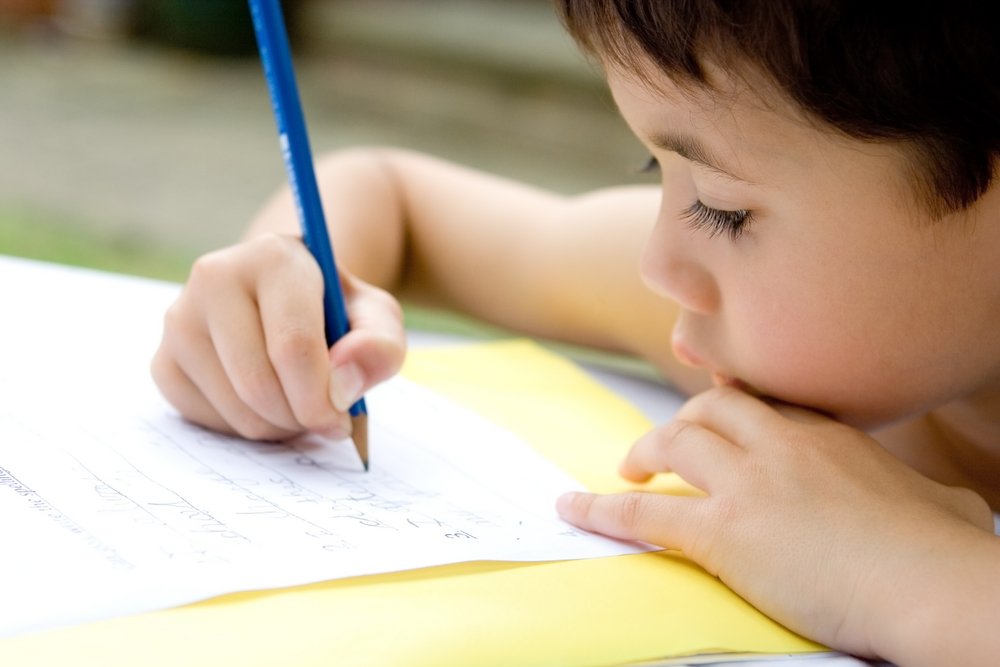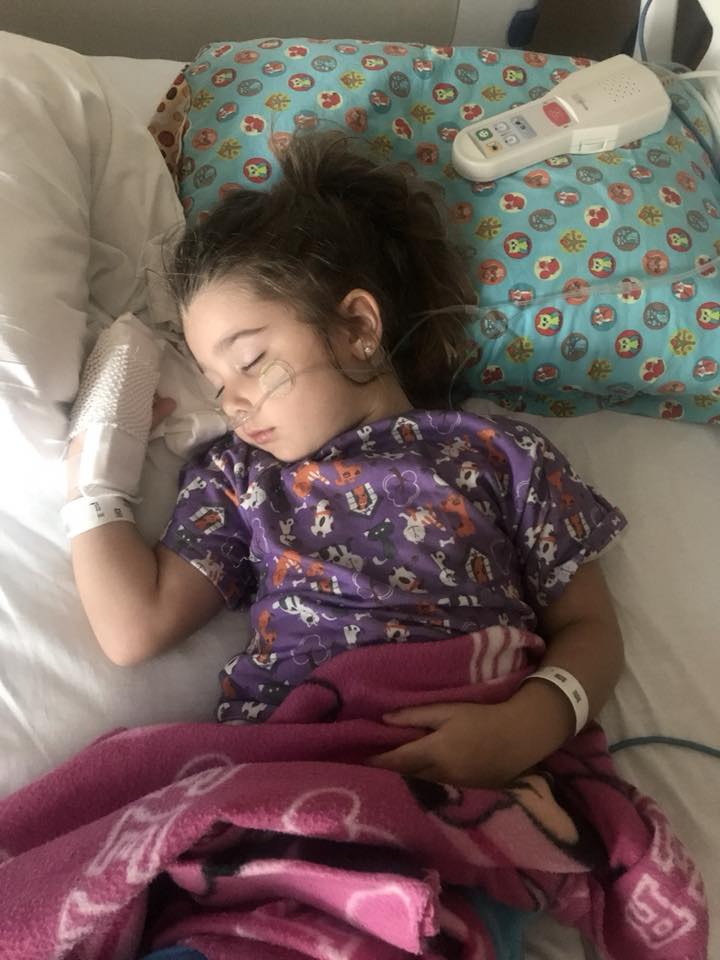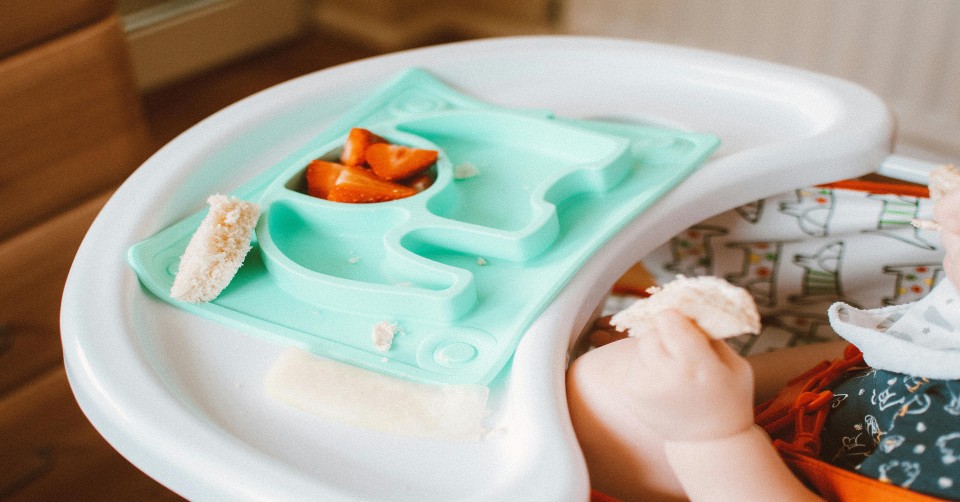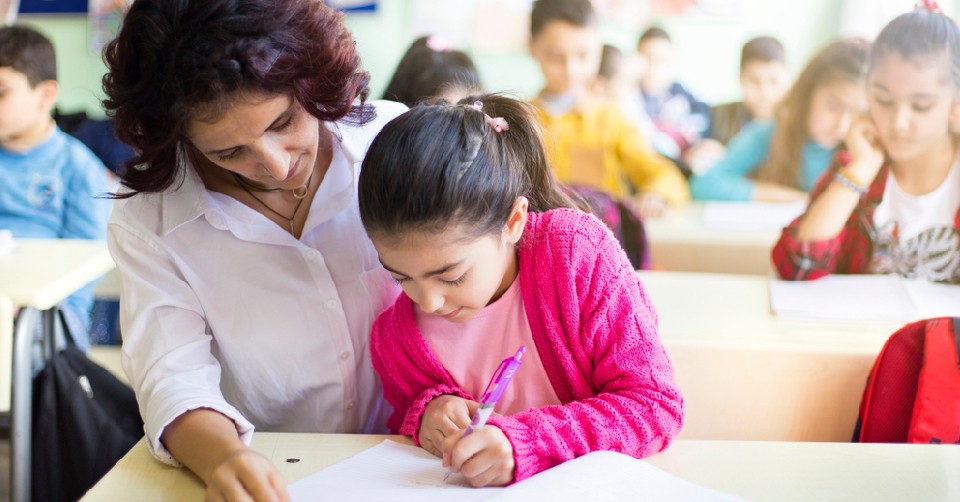Children 6-11 Years
6 steps to fix your child’s handwriting difficulties

“DO not handicap your children by making their lives hard.”
Handwriting is such a complex skill, and many children have difficulty mastering it; this may cause frustration and distress and affect a child’s desire to write. It may also cause anxiety for the parents and teachers who watch the child struggle to put their ideas on paper.
Not all difficulties are the same or caused by the same factors, and any assessment of the problem must take into account the age and experience of the child. Usually, handwriting relies on a bunch of small skills. When kids have trouble with them, the result can be writing that’s messy and hard to read; that is why good basic teaching, particularly in the lower primary school, is important, especially fine motor and visual-motor skills.
First step: Letter Construction
“Letter construction” means how the child produced each letter? Where do they start writing? Do they make the strokes and lines “out of order” or in an inefficient way? Follow some important steps that may help the child write easily.
- When practicing writing or tracing with kids, draw “starting points” for each letter with a marker or place a small sticker to indicate where the child should start the letter.
- During writing and tracing practice, sit with the child and verbalize what they are doing as they form each letter. Ex: For letter H: Big line down, big line down, little line over).
- Use a hands-on approach, allowing children to build letters using sticks, wooden pieces, or play dough.
- Appeal to the tactile system by having kids trace letters cut out of sandpaper or other textured craft paper.
Second step: Making letters the right size (Letter sizing)
Yes, there are some easy little tricks that you can use to help kids improve their spatial awareness and improve the sizing and overall appearance of their writing.
To begin with, provide a visual and tactile cue by cutting a long rectangular “window” out of a strip of cardboard and placing it on top of the space where the child should write: the window provides a visual boundary showing the child how big his letter should be. On the other hand, it can be a handwriting paper with raised lines.
Third step: Spacing letters and words
(Example: letters and words are piled on top of each other with no spaces or there are huge gaps and spaces in the middle of words and sentences)
Start by teaching the child to place something down in between each word as he is writing; popsicle sticks, pennies, or the child’s finger are some examples.
You could also use other fun manipulative to make it even more interesting such as finger spacer, Astronaut spacing tools, or you can make your own Space Man spacing tool.
Reviewing a child’s handwriting with him can be very helpful. He can start to identify and correct his own spacing mistakes: draw smiley faces or place small stickers in each space to see how many points they can get.
Read their writing out loud to them and check if they’ve forgotten to leave spaces between words. Afterward, read it just as it is, so it sounds jumbled and doesn’t make any sense.
It’s a lighthearted way to bring the child’s attention to the fact that his writing won’t make sense without any spaces.
Fourth step: Pencil Grasp
Here are some quick ideas to promote using a tripod grasp early on and encourages these three fingers to work together.
To start with, break crayons into small pieces for your kid when coloring, and practice pinching clothespins with them; let them pick up small items with clothespins like dried pasta or cotton balls.
Also, let them play with tiny objects during art and crafts activities (decorate with stickers or play with stamps).
Fifth step: applying the right amount of pressure on the paper with a writing tool
In other words, instead of writing on a notebook, pull a single sheet and place it on a hard table or desk surface. The firm surface will limit the amount of pressure. You can also slip a clipboard between pages to provide that hard surface. Then, wrap a bit of playdough or putty around the pencil as a grip.
It is important to encourage the child to hold the pencil with a grasp that does not press deeply into the dough, a “just right pressure.” Furthermore, Weighted Pencils can be helpful in providing sensory feedback through the hands.
Hand exercises also are a great way to wake up the hands before a handwriting task and encourage the child to squeeze their hand into a fist as tight as he can.
Then relax and stretch the hand and fingers. Last but not least, Practice writing on tissue paper. A very light hand is needed to prevent tears.
Sixth step: the sitting Posture
The child must sit up tall, put his feet on the floor, and place both hands on the table.
So, when kids have trouble with handwriting, it doesn’t mean they’re just lazy or careless. They may be trying as hard as they can and need support to improve.
To conclude, targeted intervention, either from a psychomotor therapist, occupational therapist, or a specialist teacher can make a noticeable difference for most children.
However, a few may never manage to write well enough and fast enough to do themselves justice on paper. For them, keyboarding is an essential alternative.














